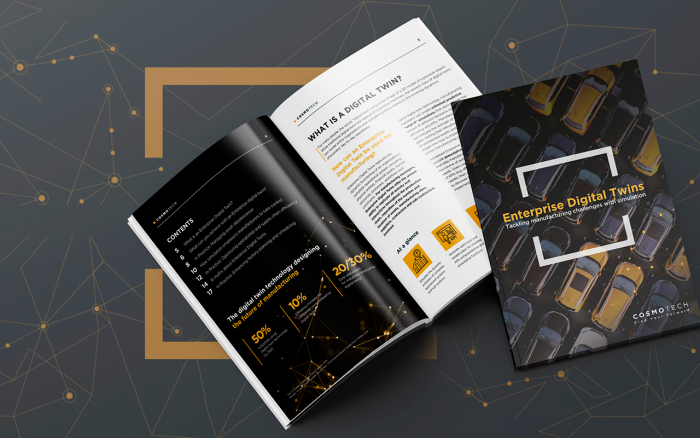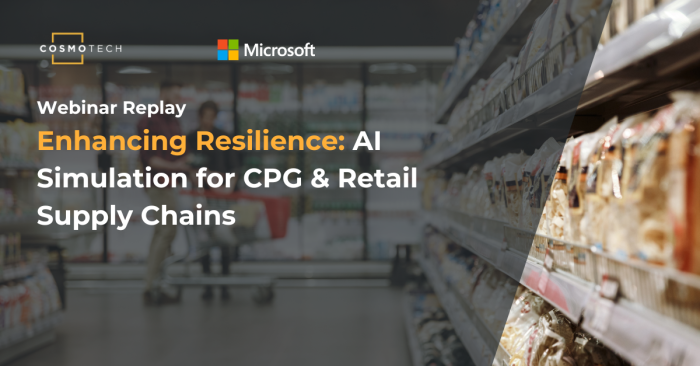Barriers to Agility and Resilience Can Confound
Achieving this agility and systemic resilience, though, can prove difficult. McCarthy notes that more than half of all supply chain leaders identify three major barriers to successfully achieving an agile and resilient supply chain with new digital technologies.
First is the complexity of the products that are designed to drive agility and resilience. Nearly 3 in 5 leaders (57%) identify this as the largest barrier to building a resilient supply chain.
A close second is the need to balance trade-offs between cost-efficiency and resilience/risk mitigation. 54% of supply chain leaders point to the difficulty in managing these trade-offs as a major block to building a resilient supply chain.
Third, just over half (51%) of supply chain leaders explain that contrasting metrics across organizational silos are a barrier to a resilient supply chain. While clear on their own goals and the best strategies to achieve them, aligning with and contributing to the achievement of the goals of the broader business can prove frustrating.




